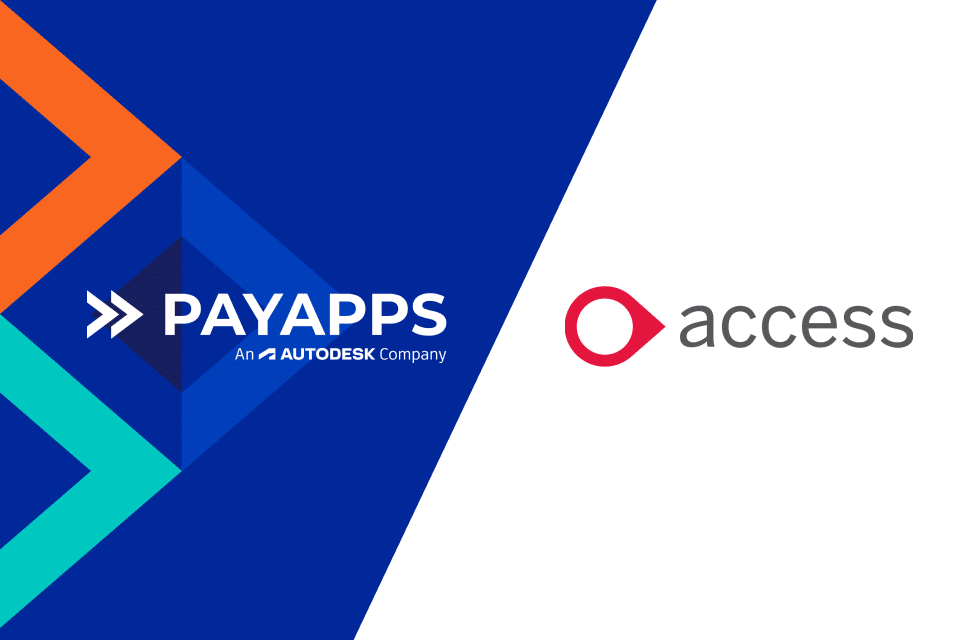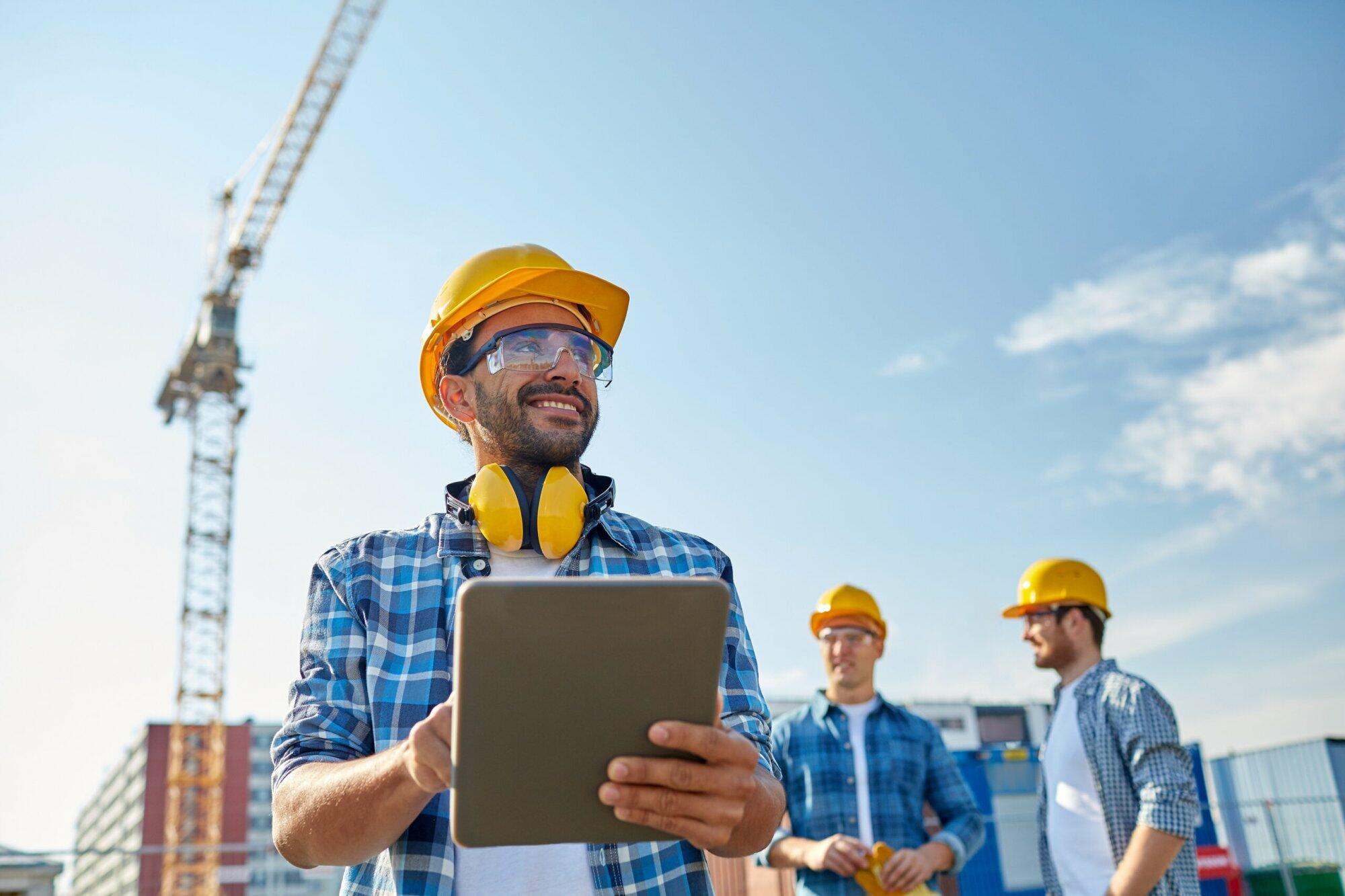What is the ‘Vision for the built environment’?
The dictionary definition of ‘vision’ is ‘the ability to think about or plan the future with imagination or wisdom’.
A number of experts have recently come together to share their collective wisdom and use their imaginations, to create a document outlining the future they wish to create; a future where the natural environment and the built environment can co-exist side-by-side, hand-in-hand, to provide the best possible experience for those living within them.
The recent report entitled ‘Our Vision for the built environment’, created by multiple organisations within the construction space, aims to guide decision-makers how to make better choices to create a better future. Contributors include CIOB, Construction Innovation Hub, Construction Leadership Council (CLC), ECA, NFB, RICs and Centre for Digital Built Britain (cdbb) to name just a few.
This is our take on the report.

Responsible decision-making in construction
We all realise that we are living with the consequences of the decisions made by our ancestors. Many of those decisions benefit us every single day, but there are also a whole raft of decisions made in the past which negatively impact the present.
The ‘Vision’ has been created hoping that decisions being made in our present can positively impact those future generations. Did you know that today, the total mass of the built environment exceeds that of all living things on this Earth? The human race has spent centuries shaping the world for their own convenience, often without a thought for the natural environment they are living alongside.
Although this was already being addressed in many ways, the pandemic over the past 12 months has really highlighted that the wellbeing of people is intrinsically linked with their environment, whether that be natural or man-made, and change can happen quicker than we ever thought possible when it is required.
The world is now smaller than ever before. At a touch of a button, we can not only talk to someone, but see someone on the other side of the world, or even up in space! Therefore, it is imperative that we ensure decisions made are in line with not only our local requirements but fit in with both national and international goals.
The Sustainable Development Goals have been developed to provide this global focus on achieving a ‘better and more sustainable future for all – a balance between environmental, social and economic outcomes’. As individuals we all have a responsibility to contribute and align to these desired outcomes whenever we are able.
So, what does this actually mean in practice?
The environments we live in, both built and natural, are a complex web of interconnected systems. When considering our built environments, we need to ensure not only that we build these man-made systems in a more sustainable and resilient way to integrate with those we already have, but while doing so, we must ensure that we do not negatively impact the systems which have built themselves within nature and on which we inherently rely on. Nobody is going to get too far without air to breathe, water to drink and food to eat.
As digital technologies continue to evolve and develop, and link to the physical world, these systems join together to form ‘a deeply interconnected system of systems’ which can be used to assist with coordinating the overall balance between nature and man. These two systems intertwined will provide the desired outcomes to protect the wellbeing of those living with and within them.
Digitalisation to manage information effectively
Digitalisation, or the fourth industrial revolution, is the real concept of bringing the physical and digital world together. As set out in the Vision document, ‘digitalisation is fundamentally about enabling people to manage information effectively, to improve processes and to apply technology wisely’.
At Payapps, we are attempting to do our bit to assist with this digitalisation of the construction industry, allowing companies to start taking those steps into the future. Sometimes, the first steps are not about the big changes with highly visible outcomes; sometimes, those first steps need to be behind the scenes to help change the attitudes and outlook of those within the system, so when the big changes are on the horizon, they don’t seem quite as colossal as they once might.
Here at Payapps we believe in the ‘Vision’ for our future and look forward to contributing to create better outcomes.





